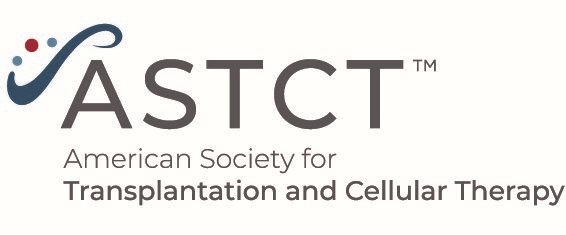
Children's Oncology Group AALL1331: Phase III Trial of Blinatumomab in Children, Adolescents, and Young Adults With Low-Risk B-Cell ALL in First Relapse

Results from the phase 3 COG ALL1331 trial found the use of blinatumomab for pediatric patients with B-cell acute lymphoblastic leukemia improved efficacy.
Results from a confirmatory Phase 3 trial (COG ALL1331), published in the Journal of Clinical Oncology, have demonstrated that blinatumomab, a bispecific T-cell engager (BiTE) which engages CD19 and CD3, was well tolerated and improved disease-free survival (DFS) and overall survival (OS) for two thirds of patients with bone marrow (BM) ± extramedullary (EM) relapse B-cell acute lymphoblastic leukemia (B-ALL). Conversely, outcomes in patients with central nervous system (CNS) relapse remained poor, regardless of blinatumomab administration. These findings establish a new standard of care for the responsive population.
Blinatumomab is FDA approved for adults and children with B-ALL, has received accelerated approval for minimal residual disease (MRD)-positive B-ALL, and has a favorable toxicity profile. Previously, high- and intermediate-risk B-ALL patients were found to have improved OS following HSCT when treated with blinatumomab. This study aimed to determine if blinatumomab improves outcomes for children, adolescents, and young adults with LR first relapse B-ALL without undergoing allogeneic hematopoietic stem cell transfer (HSCT). This clinical trial enrolled 669 patients (age 1–30 years) with low-risk first relapse B-ALL and randomly assigned 255 eligible patients to receive either blinatumomab or chemotherapy after reinduction therapy. The median follow-up was 3.5 years (range 25 days-6.6 years, IQR, 2.5-4.7 years).
Administration of blinatumomab improved DFS and OS for patients with BM relapse with or without EM disease (n = 174; 68.2% of randomly assigned patients). The 4-year DFS (p = .015) and OS (p = .020) were, respectively, 72.7% ± 5.8% and 97.1% ± 2.1% for blinatumomab versus 53.7% ± 6.7% and 84.8% ± 4.8% for chemotherapy. Patients with isolated CNS relapse had poor outcomes regardless of blinatumomab administration. Compared to chemotherapy, blinatumomab blocks were associated with lower rates of severe toxicity, including febrile neutropenia (3% v 48%; p < .001), infections (5% v 51%; p < .001), sepsis (0% v 11%; p < .001), anemia (13% v 58%; p < .001), and mucositis (1% v 7%; p = .018). Patients with isolated EM (IEM) relapses did poorly with both arms, particularly those with isolated CNS (iCNS) relapse. Blinatumomab was effective in preventing second relapses in the BM ± EM group but not in the CNS. Younger age, longer time from initial diagnosis to relapse, and undetectable MRD were predictive of better outcomes in the BM ± EM group. Overall, blinatumomab improved outcomes for LR B-ALL patients with BM ± EM relapses but not for those with IEM and iCNS relapses.
Reference
Hogan LE, Brown PA, Ji L, et al. Children's Oncology Group AALL1331: phase III trial of blinatumomab in children, adolescents, and young adults with low-risk B-cell ALL in first relapse. J Clin Oncol. 2023;41(25):4118-4129. doi:10.1200/JCO.22.02200
Newsletter
Stay up to date on recent advances in the multidisciplinary approach to cancer.

























































































